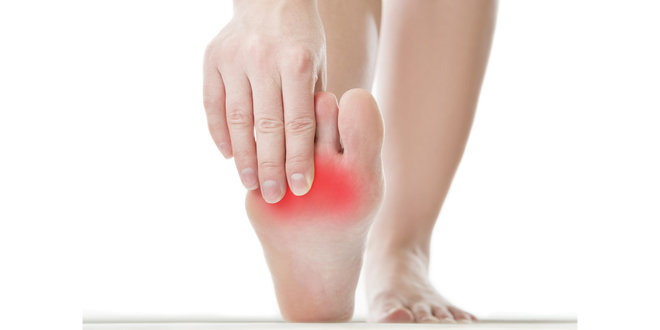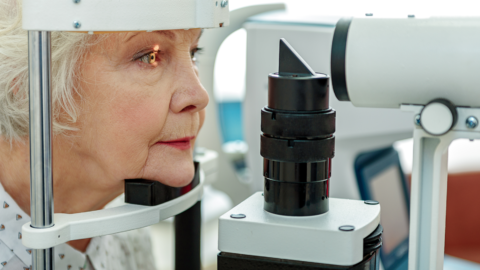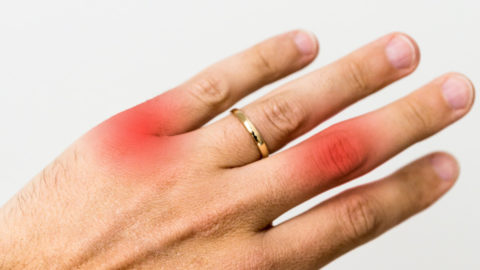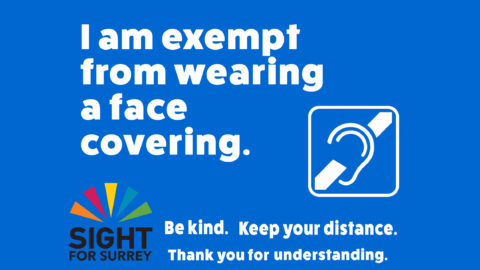Putting your best foot forward!

Are your feet happy? Happy feet are healthy feet. On average our feet take 7,000 steps a day and are often the most overlooked and overworked parts of our bodies. Now’s the time to think happy feet!
Many people take their feet for granted, but our feet contribute massively to our quality of life – if you suffer from poor foot health, it’s less likely that you will engage in physical activity.
The less you do, the less you will be able to do. As a result of inactivity the following problems can arise; a loss of muscle mass, reduced physical strength and a decreased endurance.
All these lead to a higher risk of illness and injuries related to a sedentary lifestyle such as diabetes and heart disease but according to osteopath Ben Barker, there are easy daily exercises.
Ben, who runs osteopathy clinics at Total Health Clinics says: “There are exercises you can do each day to strengthen the muscles in the feet and ankles to prevent injuries, enhance mobility and strength.’
“Alternating for one minute, walk on your toes and then your heels and picking up small items with your toes are some of the easiest along with sitting with your feet flat and tapping your toes.”
Research from the College of Podiatry illustrates that 9 out of 10 of us experience some element of foot problem with 1 in 5 admitting to suffering from foot pain often or consistently.
One question often asked is, what’s the difference between podiatry and chiropody? The short answer is nothing – they mean the same thing! The words are interchangeable.
The UK is largely playing catch-up with the rest of the world by adopting the phrase podiatry. Traditionally chiropody has been seen as routine work but is, in fact, much broader.
Podiatrists treat all lower limb pain which can include sports injuries such as shin splints and joint pain, and can carry out diabetes checks as well as ‘foot MOTs’ including toenail and skin conditioning.
Here are our top tips for keeping your feet in good condition:
- After washing feet, make sure you dry them thoroughly, especially between your toes. Fungal organisms thrive on moisture and not having perfectly dry feet is an invitation for a fungal infection.
- Regularly check your feet for any signs of peeling or scaling, which might be an indication of athlete’s foot.
- To avoid ingrown toenails, be careful to cut your nails straight across, avoiding rounding the corners. If you notice any change in your toenails such as discolouration, this could signal a fungal infection.
- Wear shower shoes in public areas such as swimming pools, gym showers or locker rooms – all of which are potential breeding grounds for fungi, resulting in foot infections.
- Don’t hire footwear at sports venues, wear your own – which should ideally be breathable. They should also fit well. Tight-fitting shoes are another cause of long-term foot problems.
- Contrary to popular belief, cotton socks aren’t the best when it comes to sweaty feet – a better choice is a sock made of 60-70% wool and 30-40% man-made fibre, or wool socks with a specialist liner sock inside.
[box type=”shadow” align=”” class=”” width=”600″]
Stat’s a fact!
- Each foot houses 26 bones and more than 100 ligaments
- Feet contain more than a quarter of all bones in the body
- Skin on your feet has more than 7,000 nerve endings
- There are more than 125,000 sweat glands on each foot
- Feet produce an eggcup’s worth of sweat each day
*All statistics from www.NHS.uk [/box]
EXERCISE TOP TIPS
You can easily strain the muscles in your feet during exercise and by just walking around, here’s the who, what, how, when and why of simple and easy foot care exercises
Who – all of us…
What – spend fi ve minutes each day doing some foot exercises
How – scrunch a piece of paper with your toes, roll a tennis ball under your feet or stand on your tip toes
When – in the morning or before you go to bed
Why – stretch-out the muscles of your arches
By Jacob White






